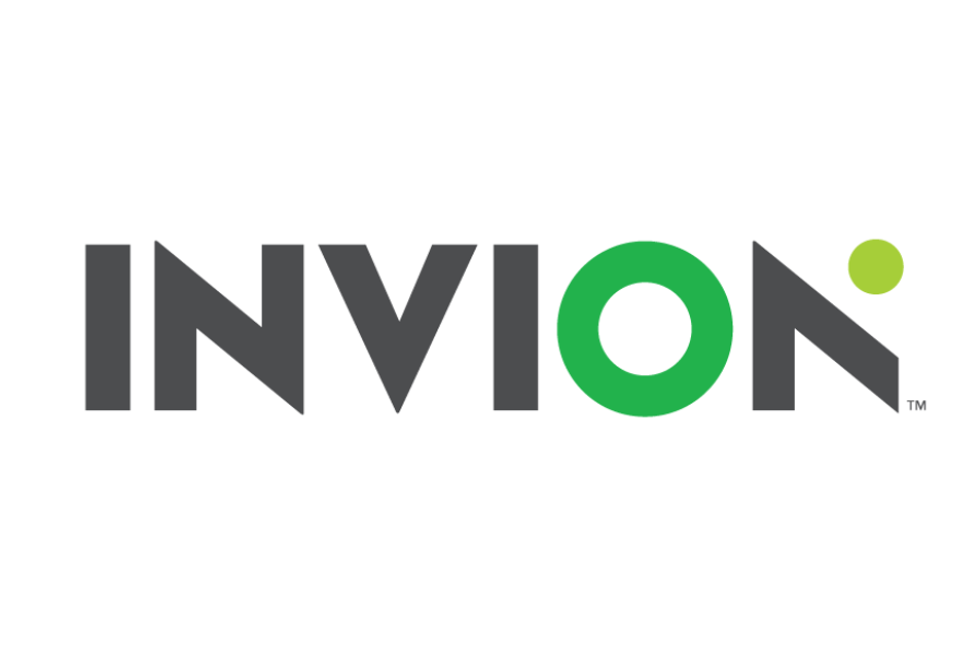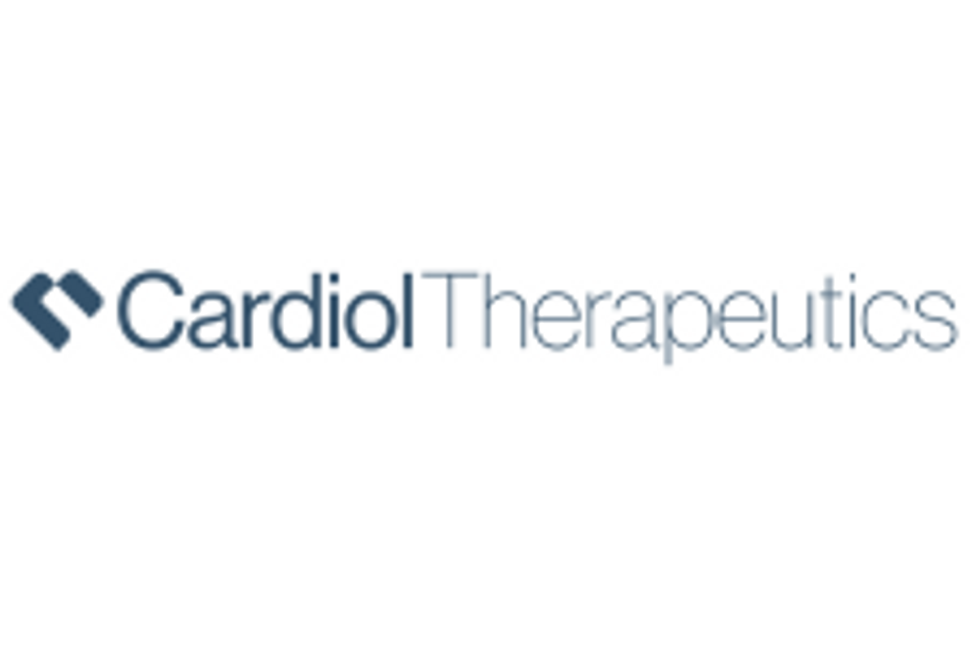
Treatments for rosacea largely remain limited, but the market is growing in size. Here’s what you need to know about rosacea treatments.
For years the number of people who are affected rosacea has been unclear, but, in recent years, various studies have collected data on just how widespread the disease is at a global scale.
A study from the National Rosacea Society done in 2018 estimates that roughly 415 million people around the world live with the condition, which affects the skin on the face. The University of Copenhagen, Denmark, conducted the study in 32 sites around the world with 26.5 million patents participating.
In the 32 sites, the amount of participants with the condition ranged from 0.09 percent to 22.41 percent. Combined, the amount was 5.45 percent, or approximately 415 million people.
Rosacea, for most who live with it, is a chronic condition that is most prevalent on areas of the face such as the forehead, nose, cheeks and chin. Most associate rosacea with redness in the skin but, like many other conditions, it has a wide range of symptoms and triggers. As a result, this also means there has typically been different types of rosacea.
According to the American Academy of Dermatology, the four subtypes have been classified as erythematotelangiectatic rosacea, papulopustular rosacea, phymatous rosacea and ocular rosacea in the past.
While there is no cure for rosacea, there are a number of US Food and Drug Administration (FDA)-approved treatment options available, while a range of clinical trials are also underway for future rosacea treatments.
Here the Investing News Network provides a brief breakdown of rosacea, the current market and treatment options available and what lies ahead for the rosacea treatments market.
Rosacea treatments: What is rosacea?
In terms of overarching signs of rosacea, the National Rosacea Society says that redness, flushing, pimples and red bumps are visible signs in addition to the small blood vessels called telangiectasia. In addition to redness and broken blood vessels, people with rosacea are more likely to have sensitive skin.
Breaking that down even further, as the American Academy of Dermatology notes, rosacea has typically been categorized into four subtypes.
Erythematotelangiectatic rosacea is characterized by redness in the face, flushing easily and noticeable blood vessels. Symptoms of Papulopustular rosacea include swelling, redness and breakouts resembling acne. The third type, phymatous rosacea, results in bumpy and thicker skin, while those with ocular rosacea have red, irritated and possibly swollen eyes.
In 2017, however, the National Rosacea Society Expert Committee declared these subtypes irrelevant based on new research and, as such, created new standards for diagnosing rosacea. Its reasonings behind changing the criteria included that someone can have more than one subtype of rosacea and that it can easily transition from one to another.
As such, the committee said that because rosacea can range in signs and symptoms, it proposed to update how rosacea is classified into phenotypes. Phenotypes are are visible attributes that are genetic or environmental causes and can help diagnose rosacea on an individual basis.
In order to diagnose rosacea, at least one diagnostic or two major phenotypes are required to be present. Major phenotypes include papules and pustules; flushing; telangiectasia and ocular manifestations. Secondary phenotypes range from burning or stinging to edema and dry appearance.
While the direct cause of rosacea isn’t exactly clear, rosacea symptoms and flare ups differ from person to person.
The American Academy of Dermatology suggests rosacea triggers could include sunlight, stress, heat, alcohol, spicy food, medicine and exposure to certain weather conditions, like the cold and sun.
While rosacea has risen in prominence and is considered a common skin condition, Dr. John Wolf, chairman of dermatology at Baylor College of Medicine, said in the National Rosacea Society’s study that only 18 percent of Americans living with rosacea are taking medication to treat the condition.
Rosacea treatments: Current state of the market
Despite the commonality of the condition — and the fact there is no cure — medication options remain limited for people with rosacea.
One of the current FDA-approved therapy choices to treat rosacea developed by public companies is Allergan’s (NYSE:AGN) Rhofade, which is a topical therapy. Allergan received the nod from the FDA in early 2017 to treat adults experiencing redness associated with rosacea and is the most recently approved therapy in treating rosacea.
In terms of skin care products, the American Family Physician highlights a few therapies for mild-to-moderate inflammatory rosacea, including topical metronidazole and azelaic acid. Brimonidine has also been suggested as a treatment for persistent erythema connected to rosacea.
Metronidazole, which is marketed under the brand name Flagyl by Pfizer (NYSE:PFE), is also potentially effective in treating moderate-to-severe rosacea in combination with other treatments.
While FDA-approved medications remain limited, investors interested in this growing high unmet market can take comfort in knowing there are companies working to meet the demand.
Of note, Foamix Pharmaceuticals (NASDAQ:FOMX) is rising to the occasion with its FMX103 treatment for papulopustular moderate-to-severe rosacea. In August 2019, the company submitted to the FDA a new drug application (NDA) in patients aged 18 and older with the condition.
Prior to submitting its NDA, Foamix successfully completed two Phase 3 clinical trials, both of which met their primary endpoints in improving inflammation.
Rosacea treatments: Future outlook
With a potential FDA approval for Foamix Pharmaceuticals’ treatment for rosacea looming, companies in the space will be keen to join the race in treating rosacea.
Case in point, according to ClinicalTrials.gov, there are currently 26 clinical studies underway for different forms of rosacea, including papulopustular rosacea, erythematotelangiectatic rosacea and acne rosacea.
A Grand View Research report notes that the rosacea treatment market will reach approximately US$2.6 billion by 2025, growing at a compound annual growth rate of 6.8 percent during the forecast period. The report states that rosacea is often misdiagnosed as acne and, as such, is a largely underdiagnosed skin condition.
While topical treatments remain the popular choice for treating rosacea, antibiotics, alpha agonists, retinoids, immunosuppressants and corticosteroids will rise in prominence.
For investors, while the market is still relatively small — and with few companies making strides in developing treatments for rosacea — it will undoubtedly be an interesting space to watch. As Foamix marches towards its FDA approval, paving the way for companies to enter the space, the potential for more pipeline products to launch is promising for the future of the rosacea treatment market.
Don’t forget to follow us at @INN_LifeScience for real-time updates!
Securities Disclosure: I, Jocelyn Aspa, hold no direct investment interest in any company mentioned in this article.

